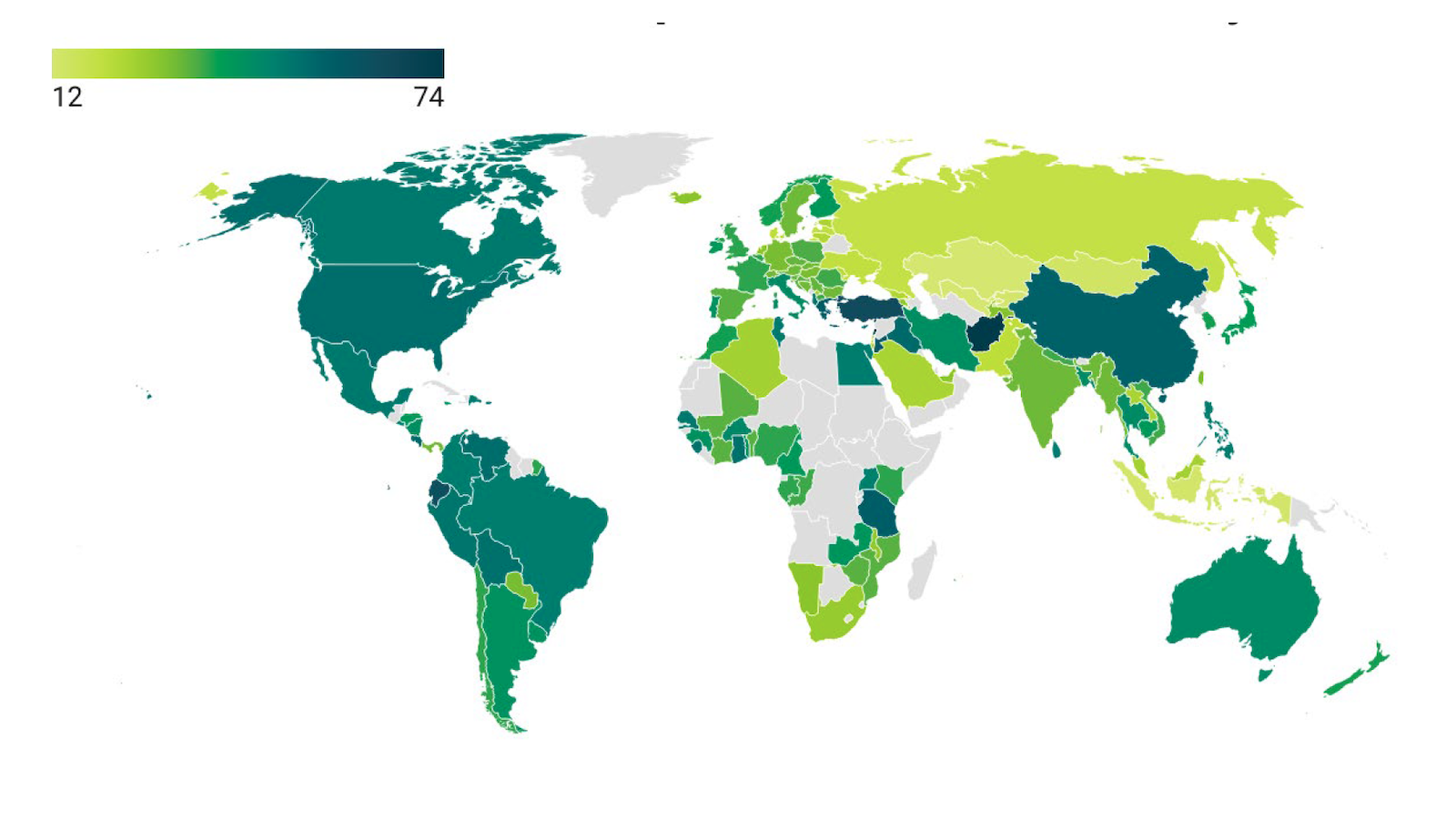Even your hands betray your emotions

- Although facial expressions often reveal how a person is feeling, the body also gives off signals that betray our emotions.
- An experiment showed that people often can interpret another person’s emotions simply by looking at their hands.
- This was not due to the presence of well-known gestures, such as a clenched fist or thumbs up.
We are social animals and interacting successfully with others involves accurately perceiving their emotional states. Although facial expressions often reveal how a person is feeling, the body also gives off signals that betray our emotions. And according to a new study published in the journal Cognition, we can also recognize others’ emotions by viewing individual body parts — especially hands.
Research into recognizing emotions has mostly focused on facial expressions and suggests that the eyes and mouth are particularly important for identifying emotions such as fear and anger. Emotions can also be identified accurately from the body, however, and in some cases, the body may be even more important than the face. For example, discriminating between and recognizing intense positive and negative emotions, such as joy and grief, may rely on information communicated by the body. But this research has so far examined the body as a whole.
Ellen Blythe of Birkbeck College in London and her colleagues therefore compared peoples’ ability to recognize emotions from full bodies and isolated body parts. They recruited 100 participants and showed them hundreds of images of actors portraying different emotions (anger, fear, happiness, sadness, disgust, and surprise). Some of these showed the actors’ entire bodies with their facial expressions hidden; others showed isolated body parts (arms, hands, head, and torso).
As expected, the participants’ recognition of emotions was highest when they viewed full body images, but their accuracy when viewing the images of hands was significantly higher than for the other body parts. This was not due to the presence of well-known gestures, such as a clenched fist or thumbs up, as the images did not contain gestures.
The statistical analyses also revealed some patterns of confusion. In images of the full body and of isolated hands, the participants recognized happiness, fear, sadness, and anger most accurately, but often confused disgust with fear. And in images of the head and arm, they tended to recognize sadness most accurately, but sometimes mistook happiness for surprise.
Thus, emotions can be decoded from isolated body parts, with the hands being particularly effective at conveying emotions.
Although this is the first study to demonstrate as much, there is plenty of previous research showing the importance of the hands. Almost 100 years ago, the pioneering Canadian neurosurgeon Wilder Penfield mapped the human primary somatosensory and motor cortices — which process touch and control voluntary movement, respectively — and showed that one half of each of these areas is devoted to the hands.
More recently, one group of researchers has shown that disrupting the activity of the somatosensory cortex with transcranial magnetic stimulation impairs recognition of emotion, and another has identified a subregion of the visual cortex that responds selectively to the hand and also to communicative hand postures.





